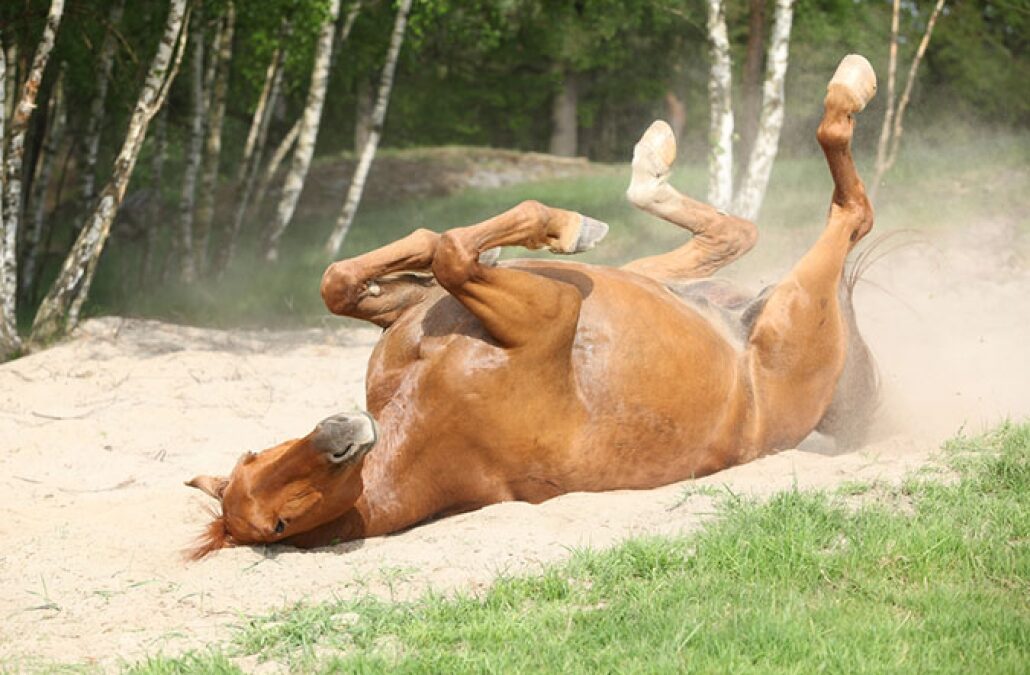
by petere | Nov 4, 2014 | Equine Health
Sand colic in horses or otherwise known as sand accumulation in the colon is one of the most frequent diseases that FVSC responds too. It is one on the most preventable diseases in our practice. In almost all instances this problem is a management problem and with...
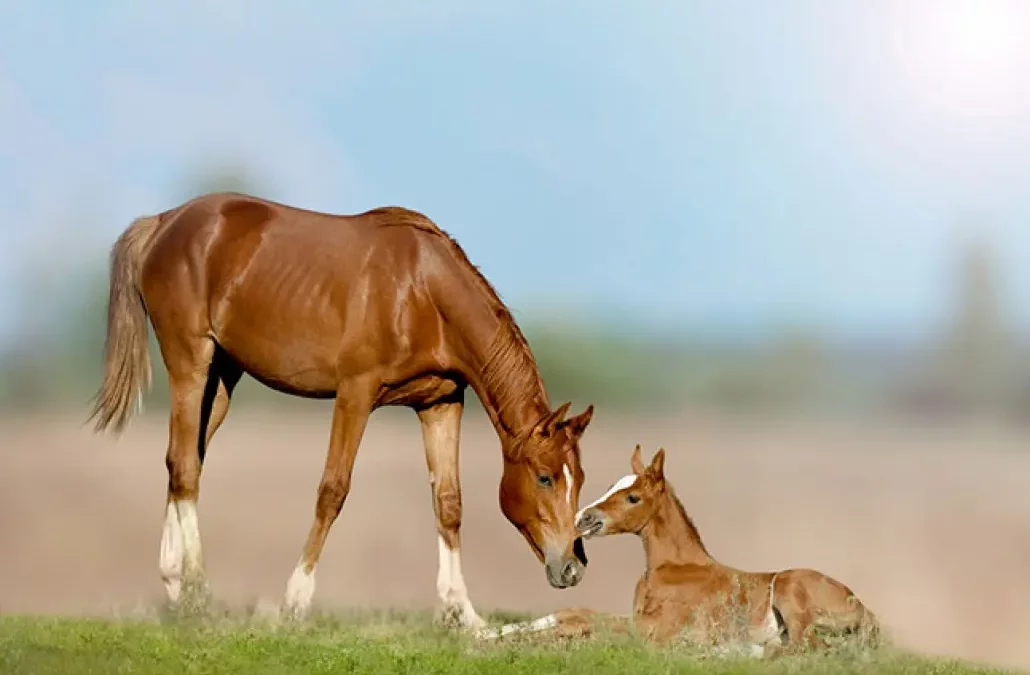
by petere | Oct 21, 2014 | Equine Health
For many of us, January means the start of breeding season. You’ve found the perfect stallion to cross on your mare – he’s gorgeous, he has an amazing pedigree and he’s a world champion. Not only that, he’s quiet and kind. The stud fee seems reasonable, and you...
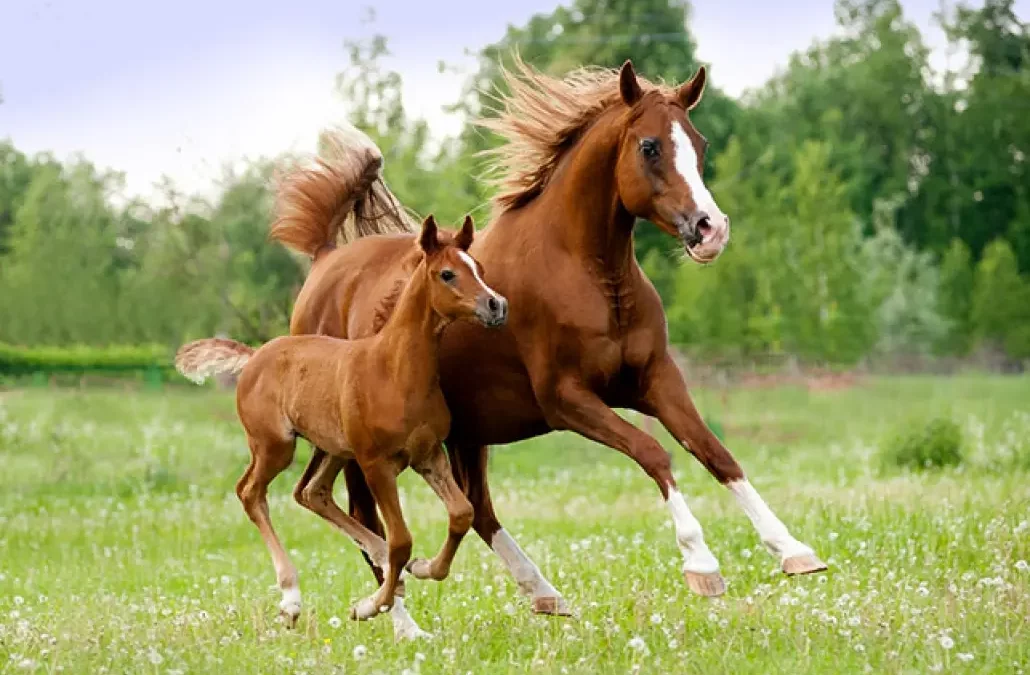
by petere | Oct 10, 2014 | Equine Health
Deciding to breed your horse may be a difficult decision. One must consider the risks and the rewards. Risks to consider: Death of the mare and/or the foal due to complications Not getting the type of foal desired Extra time necessary to care for and train a new foal...
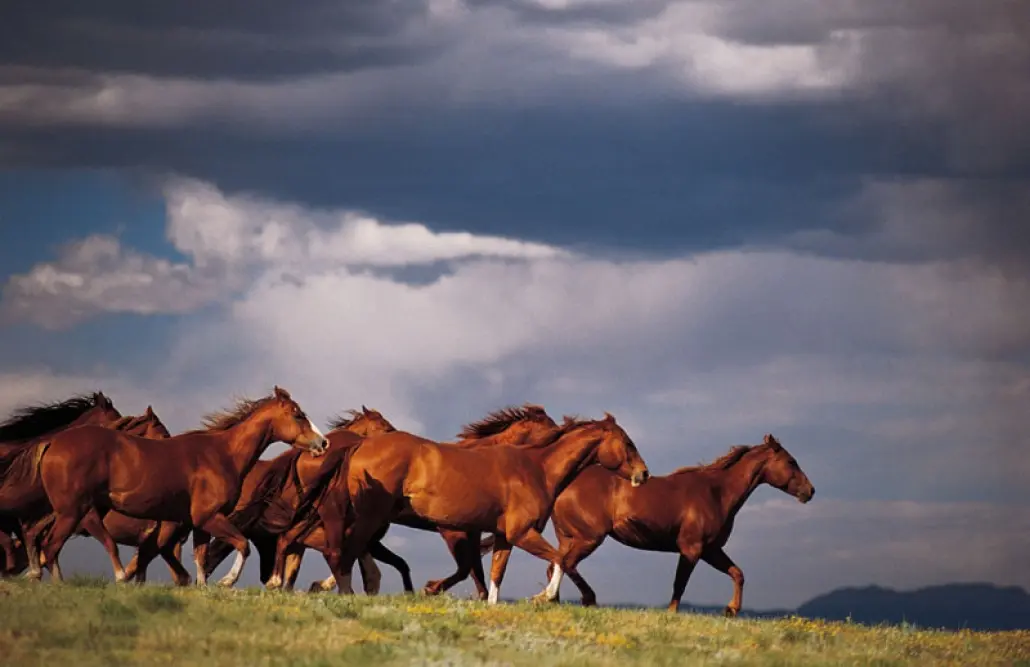
by petere | Oct 7, 2014 | Equine Health
Written by the AAEP First Aid / Emergency Care – Mar 3rd, 04 An AAEP Health Brochure In the event of a disaster, your veterinarian knows how important it is for you as a horse owner to have pre-planned actions and proper information to make rapid decisions that...
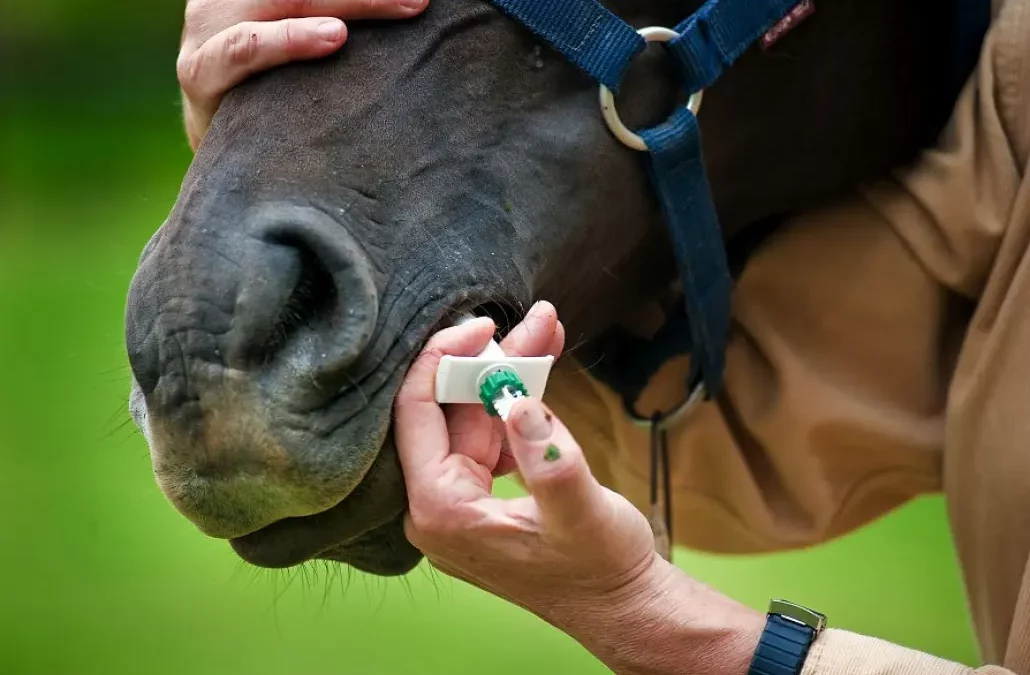
by petere | Oct 6, 2014 | Equine Health
Rotation Deworming Schedule: It is recommended to deworm every two months. Rotation Time of Year Compound 1 January/February Pyrantel 2 March/April Benzimidazole 3 May/June Ivermectin 4 July/Aug Pyrantel 5 Sept/October Benzimidazole 6 November/December Ivermectin...

by petere | Oct 5, 2014 | Equine Health
The most common signs of WNV infection in horses include stumbling, uncoordination, weak limbs, partial paralysis, muscle twitching and in some cases, death. Fever has occurred in less than one fourth of all confirmed equine cases. From 1999 to present various...







